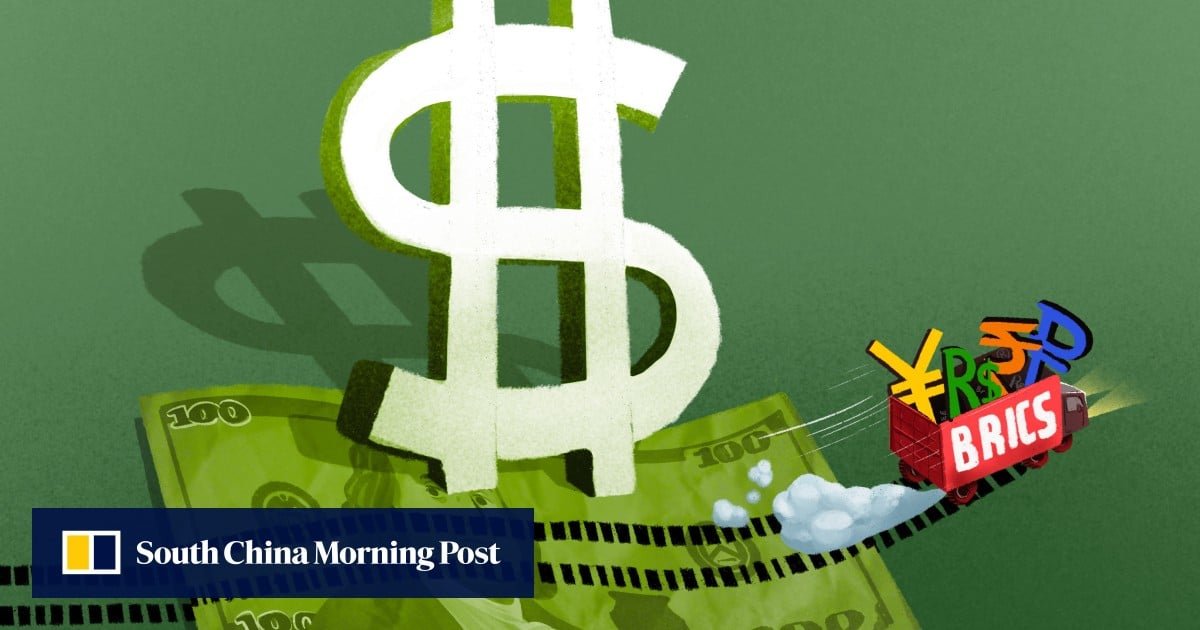SHANGHAI: China’s yuan strengthened against the dollar on Thursday, as market sentiment improved after US President Donald Trump said a new trade deal with Beijing was possible.
Renewed tariff threats under the Trump administration have been weighing on the yuan in recent months, and the president’s latest comment eased investor worries about a further deterioration in the Sino-US trade tensions in the short term, currency traders said.
During Trump’s first term as president, a series of tit-for-tat US-China tariff announcements drove the yuan down more than 12% against the dollar between March 2018 and May 2020.
As of 0331 GMT, the onshore yuan was 0.07% higher at 7.2724 to the dollar, while its offshore counterpart traded at 7.2731.
Prior to the market opening, the People’s Bank of China (PBOC) set the midpoint rate, around which the yuan is allowed to trade in a 2% band, at 7.1712 per dollar, and 1,144 pips firmer than a Reuters estimate of 7.2856.
The central bank has set its official guidance on the firmer side of market projections since mid-November, which analysts and traders see as a sign of unease over the yuan’s decline.
The yuan’s strength also comes as authorities face a delicate balancing act between financial and currency stability and monetary easing, traders and analysts said.
China left lending benchmark loan prime rates (LPRs) unchanged for the fourth straight month in February.
“The US’s relatively mild 10% tariffs on Chinese goods, with room for trade negotiation, suggested that the trade war shocks could be more affordable to China, reducing the urgency for immediate rate cuts,” said Ken Cheung, chief Asian FX strategist at Mizuho Bank.
Meanwhile, the state-owned Economic Daily said on Thursday that the central bank’s recent improvements to its macroprudential policy toolbox were a key initiative for preventing and fending off financial risks and maintaining the stability of financial markets.
China’s yuan slips on rising dollar buying interest, trade uncertainty weighs on sentiment
“The global economic and financial situations remain severe and complex, with the adverse impact of changes in the external environment deepening and factors of instability and uncertainty clearly increasing,” the newspaper said in an editorial.
The newspaper listed examples of improvements including the central bank’s recent move to boost capital flows by allowing companies to borrow more overseas and the regular issuance of yuan bills in Hong Kong to stabilise foreign exchange market expectations and increase market resilience.






